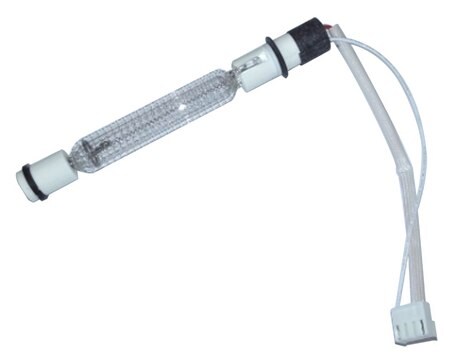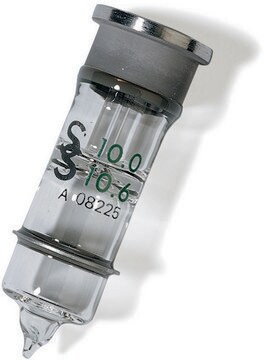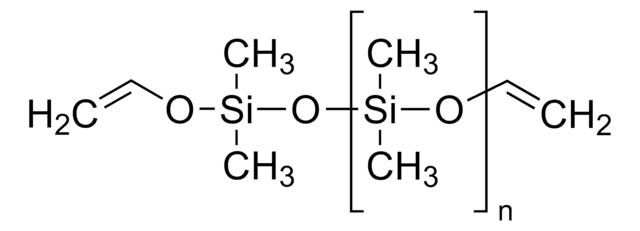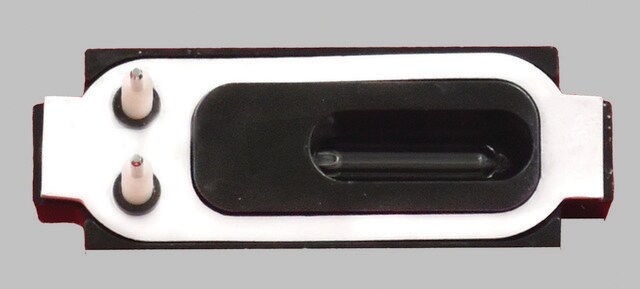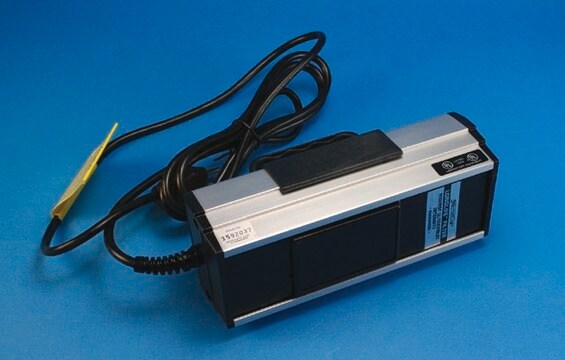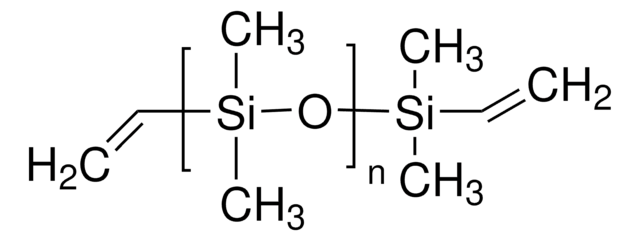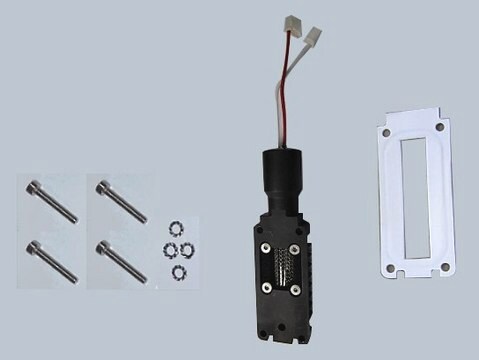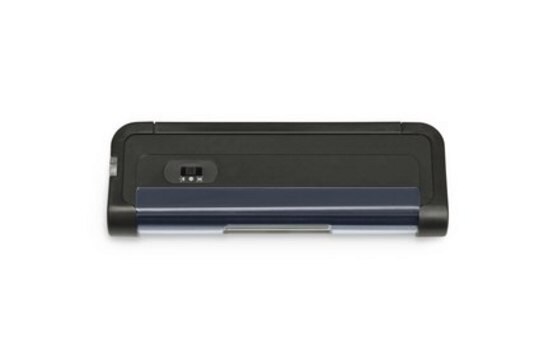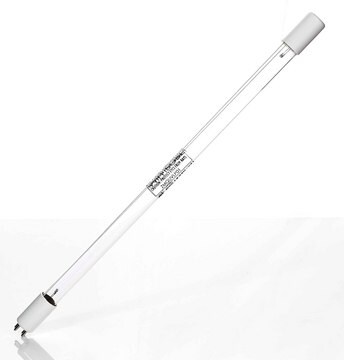22626
Lampe PID
Model 108, diam. 0.781 in., potential 10.0/10.6 eV
, krypton bulb gas
Se connecterpour consulter vos tarifs contractuels et ceux de votre entreprise/organisme
About This Item
Code UNSPSC :
41115700
Produits recommandés
Matériaux
krypton
Diamètre
0.781 in.
Vous recherchez des produits similaires ? Visite Guide de comparaison des produits
Description générale
Photoionization detector is suitable to detect and measure the presence of organic vapours. PID lamps emit ultraviolet light to ionize organic vapour molecules. During ionization, free electrons are generated which produce a current proportional to the number of ions present and resulting signal is interpreted as total organic vapour concentration. The most popular PID lamp is the 10.2-eV which has the highest photon flux hence has high sensitivity.
We offer high quality PID lamps manufactured by Andrews Glass Co.
Model 108 is the most commonly used PID lamp. The 0.781 in. (1.98 cm) base diameter is compatible with OI Model 4430, Tracor, and Baseline photoionization detectors.
Model 103C is the original PID lamp (developed by Scientific Services Co). The 1.375 in. (3.49 cm) base diameter is compatible with HNU and SRI detectors.
Model 108 is the most commonly used PID lamp. The 0.781 in. (1.98 cm) base diameter is compatible with OI Model 4430, Tracor, and Baseline photoionization detectors.
Model 103C is the original PID lamp (developed by Scientific Services Co). The 1.375 in. (3.49 cm) base diameter is compatible with HNU and SRI detectors.
Application
PID lamp 10.6eV may be used for determination of volatile organic compounds in atmosphere in grab sampling and in situ analysis using Portable Gas Chromatography.
Caractéristiques et avantages
Compatible avec Tracor, OIC Modèle 4430, et détecteurs de base de photo-ionisation.
Faites votre choix parmi les versions les plus récentes :
Certificats d'analyse (COA)
Lot/Batch Number
Désolés, nous n'avons pas de COA pour ce produit disponible en ligne pour le moment.
Si vous avez besoin d'assistance, veuillez contacter Service Clients
Déjà en possession de ce produit ?
Retrouvez la documentation relative aux produits que vous avez récemment achetés dans la Bibliothèque de documents.
Hubert Lobo, Jose V. Bonilla
Handbook of Plastics Analysis, 371-371 (2003)
Determination of volatile organic compounds in the atmosphere using two complementary analysis techniques.
Alonso, L., et al.
Journal of the Air & Waste Management Association (1995), 49, 916-924 (1999)
Notre équipe de scientifiques dispose d'une expérience dans tous les secteurs de la recherche, notamment en sciences de la vie, science des matériaux, synthèse chimique, chromatographie, analyse et dans de nombreux autres domaines..
Contacter notre Service technique